Feng Shui Technical Aspects
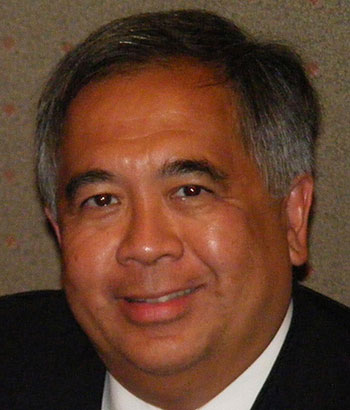
Dr. Michael Oon

I am building an authoritative knowledge hub of Feng Shui Technical Aspects
8 Interesting and Unknown features of the Feng Shui Compass and the LoPan.
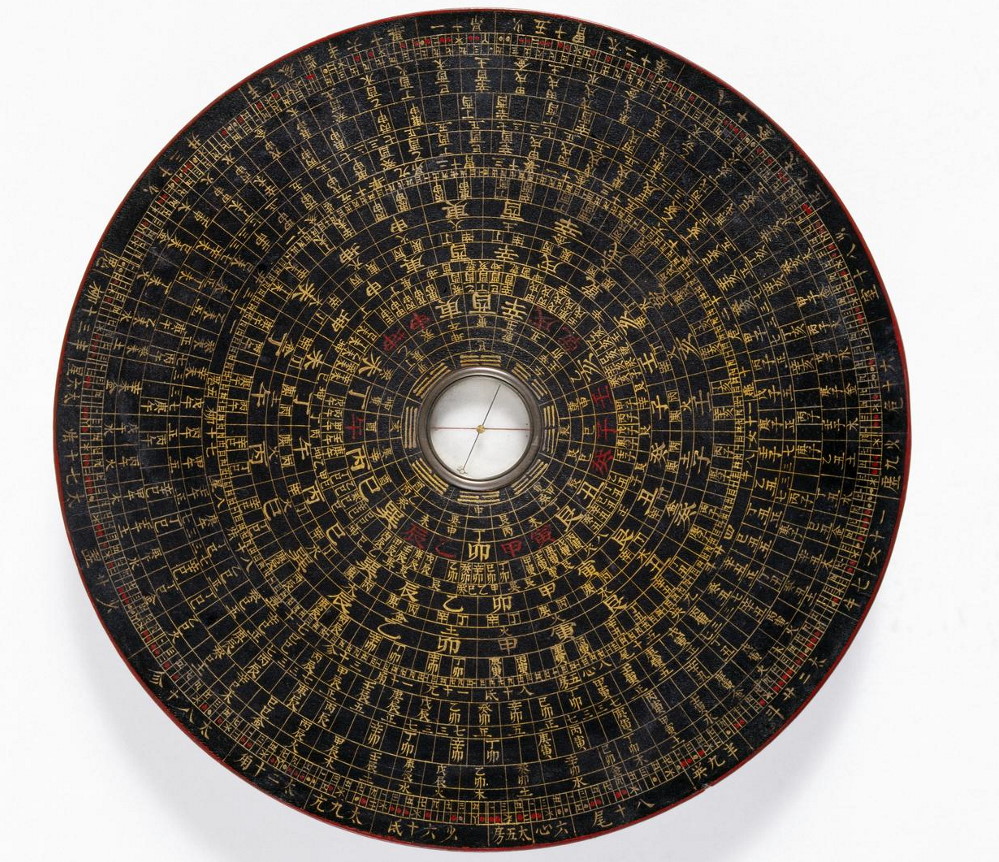
The Feng Shui Compass is more than two thousand years old.
When the Chinese "invented" the compass, it was for feng shui and not for navigation. This reflects the Chinese mindset – improving the living area for the benefit of people, not navigation of the land and the seas.
This article traces the origins of the Feng Shui Compass through to the development of the modern Feng Shui Compass and the LoPan. This device has reached its zenith in design, as it has all the functions in one unit.
Now, there is the western compass. It is small, rugged and accurate. It is used for navigation, hiking, and used in demanding applications like the military.
We are now in the digital age where the ubiquitous mobile phone has apps that replicate the functions of the LoPan.
How do real professional Feng Shui consultants use this to identify the directions and interpret them?
What type of Feng Shui compass or LoPan do they use?
Do they struggle to read the small text of the LoPan?
Would the digital Feng Shui compass make life easier for the Feng Shui Consultant?
What is the purpose of the compass in Feng Shui?
The Lo Shu Square or Magic Square, with its 3 unique properties
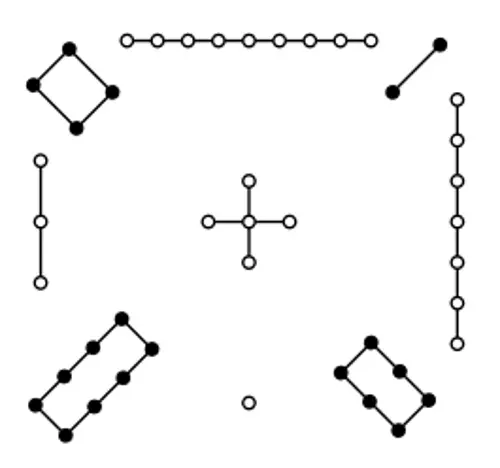
The Lo Shu Square is part of the legacy of ancient Chinese mathematical and divinatory Traditions. The presence of this magic square has been recorded since 80 AD and explicitly in 570 AD.
The He Tu combinations and 4 Auspicious Sets for Feng Shui.
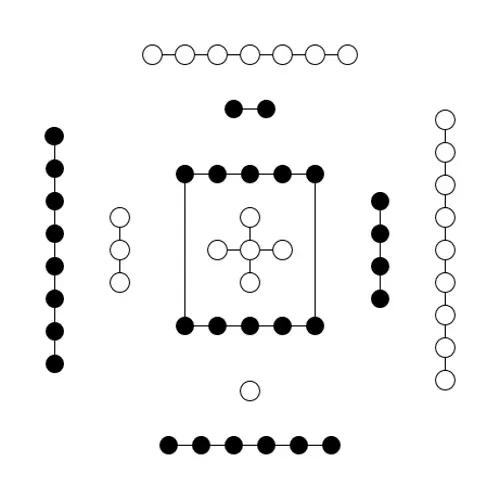
It is said that these He Tu combinations of numbers are derived from the two rivers – Luo and the Hwang Ho (Yellow River).
The image above has interpreted the numbers to the He Tu Combinations image above.
This can be simplified – Commonly known as the He Tu Combinations Diagram.
8 Controversies of the Eight Mansions Feng Shui Formula Explained.
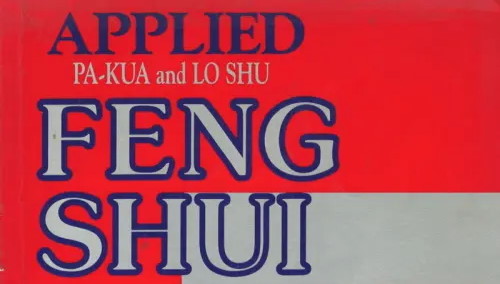
Eight Mansions Feng Shui formula was first published in English by Lillian Too in the 1990s in her book "Applied Feng Shui – Pa-Kua and Lo Shu". Master Yap Cheng Hai co-authored the book based on an 18th Century text that he used in his feng shui practice.
This book is from Master Yap's handwritten treatise. A hand-copied text from a volume written initially during the Chien Lin period (1711-1799) of the Qing Dynasty by a Feng Shui practitioner in Southern China.
The Eight Mansions Feng Shui Formula is now "the go-to formula" for Feng Shui practitioners and enthusiasts in the Western Hemisphere. However, when you talk to high-level consultants in Taiwan, they come up with a different interpretation of Eight Mansions Feng Shui. I heard an interesting backstory. I will share this knowledge in a later post. Consultants and experts based in Hong Kong view this formula as fake.
8 Powerful Life Enhancements using the Feng Shui Life Aspirations Formula.

The Feng Shui Life Aspirations formula was first published by Lillian Too in her vast series of books on Feng Shui in the 1990s.
The basis of this formula is the LoShu square with the properties of the PaKua.
The Feng Shui Life Aspirations Formula is based on the nine-grid Lo Shu square. Each of the grid squares has properties defined in the PaKua.
This formula has a grid of the LoShu square. There are nine equal segments. Each segment has the characteristics of the PaKua.
The PaKua used is the Later Heaven Sequence which has yang properties. It relates the compass direction to an element, members of a family of 8, colour, trigrams and many other bits of relevant information.
Feng Shui – Energy Squares – An Overview

In 1984, Sarah Rossbach wrote a book – “Feng Shui – The Chinese Art of Placement”. It was about the work of Lin Yun, a Buddhist priest in Hong Kong. It created a storm, and a following of Lin Yun is the USA.
This knowledge spread from the USA to the UK, Europe, Australia and the rest. Students flocked to the States to learn.
This formula was a simple 9 grid Lo Shu square with each square having different characteristics. Three particular squares were positioned to the front of the property. This method was known as the triple gate formula. This was the beginning of “Contemporary Western Feng Shui”.
The Analysis of the Various Feng Shui Topics

This section covers the various Topics in Feng Shui. These include Feng Shui Timing, the
Chinese Calendar, Chinese Divination and other topics of interest.
How Feng Shui Formulae and Ancillary Methods are Used
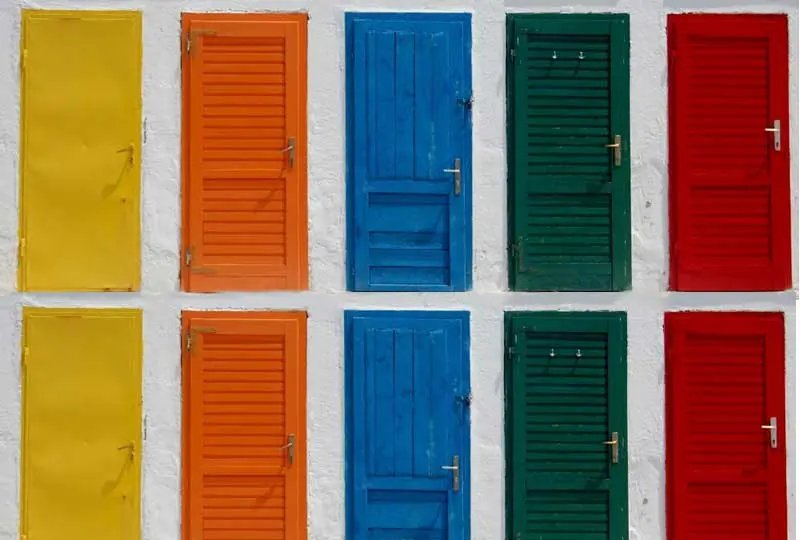
This section covers the Feng Shui formulae and ancillary methods.

